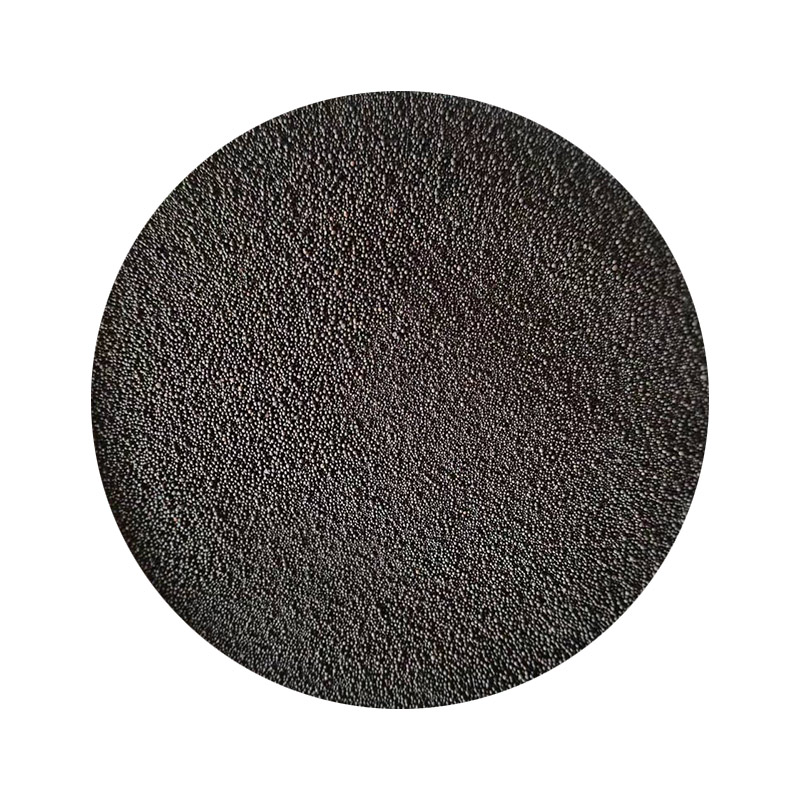How to Sand a 3D Print A Step-by-Step Guide
3D printing has revolutionized the way we create and manufacture objects. While it allows for intricate designs and customized creations, the final product often requires some finishing touches to achieve a polished look. One of the most effective methods to enhance the surface quality of your 3D prints is sanding. This article will guide you through the process of sanding a 3D print, ensuring a smooth and professional finish.
Why Sand Your 3D Prints?
Sanding is essential for several reasons. First, it removes the visible layer lines that are characteristic of 3D printed items, giving the object a seamless appearance. Second, it prepares the surface for painting or sealing, resulting in a more vibrant and durable finish. Third, sanding can help remove any imperfections, such as stringing or rough edges, that may have occurred during the printing process.
Tools and Materials You Will Need
Before you start sanding, it's essential to gather the right materials
. Here’s what you’ll need1. Sanding Sponge or Sandpaper Use a range of grits from coarse (80-120) to fine (400-600). 2. Safety Gear Dust mask and goggles to protect yourself from inhaling fine particles. 3. Work Surface A clean, flat workspace. 4. Primer (optional) If you plan to paint your model, a primer can help the paint adhere better. 5. Finish (optional) If desired, you might want to apply a clear coat or sealant at the end.
Step-by-Step Guide to Sanding Your 3D Print
1. Prepare Your Print Start by removing any support structures or excessive brim that may be present. Use a utility knife or scissors, taking care not to damage the print itself.
how to sand a 3d print

2. Choose Your Grit Begin with a coarse grit sandpaper (around 80-120 grit) to tackle the larger imperfections and the most prominent layer lines. Hold your print securely, and start sanding gently in circular motions. Avoid pressing too hard; it's better to go slow to prevent any accidental damage.
3. Sanding Technique For best results, sand the print evenly from all angles. Ensure that you're not focusing on just one part of the model to maintain an even finish. Check your progress frequently, and stop every so often to examine the surface.
4. Switch to Finer Grit After you've smoothed out the rough areas, switch to a medium grit (around 220 grit). This will help remove any scratches left from the coarse grit and start to create a more refined surface.
5. Final Fine Sanding Once satisfied with the medium grit results, move to a fine grit sandpaper (400-600 grit). This stage should make your model very smooth, preparing it for painting or sealing. Again, sand in circles and from different angles.
6. Clean the Surface After sanding, be sure to clean off any dust and debris. Use a soft brush or a damp cloth to wipe the surface, ensuring there are no particles left that could interfere with painting.
7. Optional Priming and Painting If you plan to paint your model, apply a primer suitable for the material of your print (PLA, ABS, etc.). Let it dry thoroughly before applying your desired paint color.
8. Finish with a Sealant Once your paint has dried, consider applying a clear coat or sealer to protect the surface and give it a glossy or matte finish, depending on your preference.
Conclusion
Sanding your 3D prints can significantly enhance their appearance and feel. With the right tools and techniques, you can transform a rough print into a polished piece of art. Remember to take your time and follow the steps carefully for the best results. Happy sanding!
Post time:നവം . 27, 2024 04:11
Next:Enhancing Resin Properties by Incorporating Sand for Improved Performance and Durability
